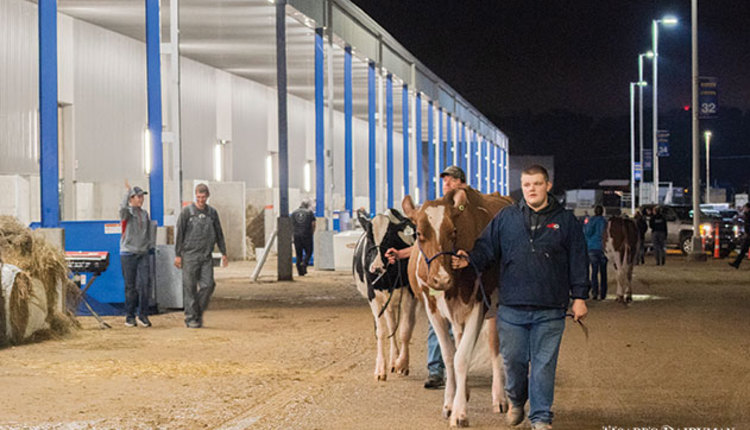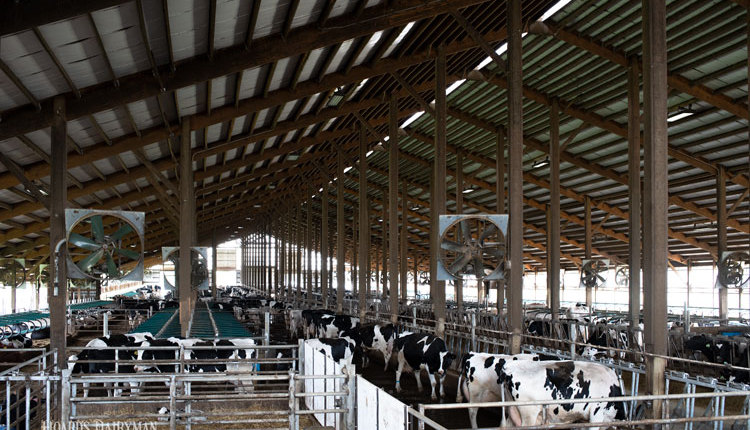
When added together across the globe, 99% of the world’s milk hails from 123 countries. Interestingly enough, 52 countries alone represent 89% of the world’s milk production, meaning that another 71 countries make up for the extra 10% captured, according to data gathered by the International Farm Comparison Network (IFCN).
Recently, the IFCN team delved deeper into all things dairy in a webinar “Connecting Dairy Data and Knowledge.” Among the farm comparison analysis included in the report, several aspects were focused on such as economics (costs and input prices), the environment (carbon and water footprint), social factors (farmer income versus minimum wages), and animal welfare (somatic cells and cow longevity), just to name a few.
One of the goals at IFCN is “data to inspiration” to ensure that data is collected, validated, analyzed, and used for decision-making and marketing intelligence. Presenters included Milica Konić, Alice Diepenbrock, and Ilkin Kuseynov, who focused on farm economics, price development, and the long-term perspective of the industry.
A three-phase approach
The first level of market intelligence aims to focus on the industry via a holistic approach. The goal is to see the global dairy world as a whole to create better strategic decisions. Comparing global dairy data is no small feat, which IFCN targets to accomplish to save data mining costs in order to result in better decisions.
In its dairy report during even-numbered years, factors such as farm gate milk price, milk price split, a processing profile, country consumption, and milk processors for each country will be published by IFCN. In odd-numbered years, farm structures, milk and feed prices, prices in national currency, and the monthly farm gate milk price are released. Annual changes are highlighted in each section as well from its team of researchers based in over 100 countries.
The second level of market intelligence focuses on real-time dairy industry data, data to provide and support operational perspective, and data for strategic perspective. IFCN’s farm structure data is comprised of over 89 countries, 86% of dairy farms, and 89% of the world’s dairy cattle. It offers a time series from 1996 to 2020 with a forecast up until 2030, the number of farms, estimated production, and more. The idea is to use this data to “connect bits and pieces to get the whole picture.” This sector also offers insight into farm structure development. The speed of consolidation from the past can be visibly seen and financial performance for long-term investments can be created.
IFCN also considers otherworldly factors such as the Green Deal in order to reflect on the idea of creating profit while being sustainable to the environment. Other necessary points included are details of farm analyses, feed costs in relation to total farm costs, feed prices impacting total farm economics, global milk production changes, and real-time data.
The third and final block of market intelligence from the IFCN Dairy Network is that of consultancy, projects, travel, and guest presentations. Honing in on global market developments, other farming systems, what-if analyses, new markets, and new product development are just a few components focused on. This area also addresses the surplus and deficits of milk and the predictions of milk supply in the future.
Sustainability impacts many levels
Lastly, IFCN recognizes that sustainability is a “big concern in the dairy sector” whether this includes economic sustainability (farm income and profit), social sustainability (farm labor income), or environmental sustainability (carbon and water footprints).
To learn more about IFCN, go to https://ifcndairy.org/.








